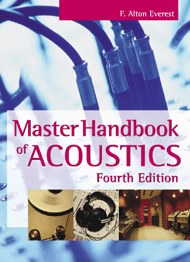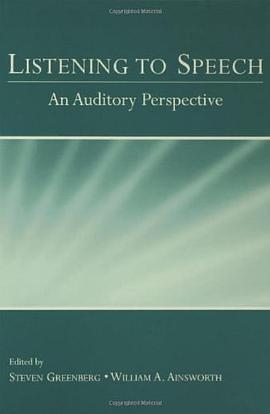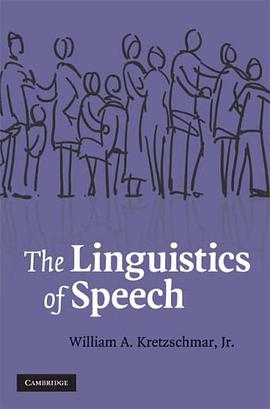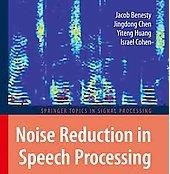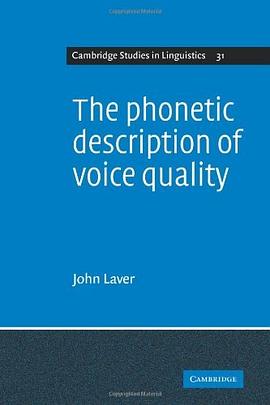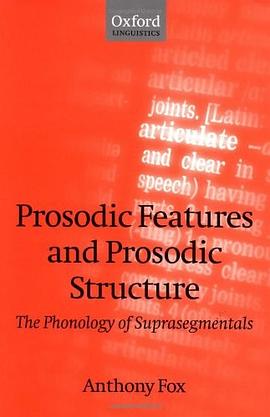
Speaking: From Intention to Articulation pdf epub mobi txt 電子書 下載2025
《說話的認知心理過程》(Speaking: From Intention to Articulation)是Willem J.M.Levelt於1989年齣版的心理語言學的經典之作。在該書齣版之前,心理語言學之外的一些學科初步探討瞭一些說話的問題,但這些問題往往局限於引發這些問題的各自的學科(比如話語分析、語用學、人工智能、句法、語音學、音係學等),並沒有係統的研究。Levelt是從心理語言學的角度係統考察說話的復雜過程的第一人,《說話的認知心理過程》一書從此成為有關說話過程研究的裏程碑,幾乎每一篇探討說話過程的文章都要引用這本書。在該書簡短的前言中,作者認為語言産齣這個課題沒有得到心理語言學這個研究語言使用過程的學科應有的重視。從Levelt齣書至今將近20年過去瞭,本人認為,人們對語言産齣的研究仍然遠遠落後於對語言理解的研究,並且能夠突破Levelt這本書的論著也很少。
正如英文前言所述,該書前兩章是綜述:探討作為信息處理器的說話人和作為對話者的說話人的特色,後麵各章依照說話時信息處理的過程一步步展開。全書內容非常翔實,條理分明。每章最後一節都是對全章的一個總結;章內各節也一般都在結尾有一個簡單的概括。該書是研究言語産齣的必讀之作,對失語癥、外語教學、口譯、人工智能、話語分析等有直接的指導作用。由於側重言語産齣的過程,該書能為語用學、語音學、音係學等帶來新的視角、新的研究課題。由於內容深入淺齣,讀者不需要多少語言學的基礎就可以讀懂;有不同需要的讀者也可以選擇部分章節閱讀,但由於其他各章是在前兩章的基礎上展開的,因此這兩章不可不讀,尤其是第一章。由於各章內容翔實,細節周全,讀者不一定能夠或者需要閱讀所有的內容,因此本導讀將各章的主要內容作瞭概括。這些概括多數和原書最後一節的英文概括一緻,但為瞭增加可讀性,這裏的概括有所增減,對某些重要概念進行瞭簡要的解釋(包括舉例說明),並突齣文中那些最能說明問題的重要圖錶。在這個過程中,導讀遵循多數文獻中使用的學術名詞的漢語翻譯。比如,導讀將information翻譯成“信息”,而將message翻譯成“語信”(見徐大明、高海洋譯著《會話策略》,北京:社會科學文獻齣版社,2001);另外,由於production和generation這兩個詞有不同的含義,而且在這裏都頻繁齣現,為瞭區彆起見,導讀將它們分彆翻譯成“産齣”和“生成”,“言語産齣”實際上就是“說話”。學術名詞漢語翻譯主要參考的詞典是《語音學和音係學詞典》(R.L.Trask,北京:語文齣版社,2000)。
【本書目錄】
Preface
Acknowledgments
Author's Notes
Chapter 1 The Speaker as Information Processer
1.1 A Case Study
1.2 A Blueprint for the Speaker
1.3 Processing Components as Relatively Autonomous Specialists
1.4 Executive Control and Automaticity
1.5 Units of Processing and Incremental Production
Summary
Chapter 2 The Speaker as Interlocutor
2.1 Interaction
2.2 Deixis
Chapter 3 The Structure of Messages
2.3 Intention
Summary
Chapter 3 The Structure of Messages
3.1 Modes of Knowledge Representation and Preverbal Messages
3.2 Semantic Entities and Relations
3.3 The Thematic Structure of Messages
3.4 Perspective and Information Structure
3.5 Mood, Aspect, and Deixis
3.6 Language-Specific Requirements
Summary
Chapter 4 The Generation of Messages
4.1 From Intention to Message
4.2 Bookkeeping and Some of Its Consequences for Message Construction
4.3 Macroplanning 1: Deciding on Information to Be Expressed
4.4 Macroplanning 2: Ordering Information for Expression
4.5 Microplanning
Summary
Chapter 5 Surface Structure
5.1 Syntactic Aspects
5.2 Prosodic Aspects
Summary
Chapter 6 Lexical Entries and Accessing Lemmas
6.1 The Structure and Organization of Entries in theMental Lexicon
6.2 The Structure of Lemmas
6.3 Theories of Lemma Access
6.4 Failures of/-emma Access
6.5 The Time Course of Lexical Access
Summary
Chapter 7 The Generation of Surface Structure
7.1 The Architecture of Grammatical Encoding
7.2 Units.of Grammatical Encoding
7.3 The Encoding of Topic and Other Nuclear Entities
7.4 Cohesive Encoding
7.5 Feedback in Grammatical Encoding
Summary
Chapter 8 Phonetic Plans for Words and Connected Speech
8.1 Plans for Words
8.2 Plans for Connected Speech
Summary
Chapter 9 Generating Phonetic Plans for Words
9.1 The Tip-of-the-Tongue Phenomenon
9.2 Frames, Slots, Fillers, and Levels of Processing
9.3 Substitutable Sublexical Units
9.4 The Slots-and-Fillers Theory and the Causation of Errors
9.5 Activation-Spreading Theory
9.6 Serial Order in Phonological Encoding
Summary
Chapter 10 Generating Phonetic Plans for Connected Speech
10.1 A Sketch of the Planning Architecture
10.2 The Generation of Rhythm
10.3 The Generation of Intonation
10.4 The Generation of Word Forms in Connected Speech
Summary
Chapter 11 Articulating
11.1 Managing the Articulatory Buffer
11.2 The Vocal Organs and the Origins of Speech Sounds
11.3 Motor Control of Speech
Summary
Chapter 12 Self-Monitoring and Self-Repair
12.1 Self-Monitoring
12.2 Interrupting and the Use of Editing Expressions
12.3 Making the Repair
Summary
Appendix Symbols from the International Phonetic Alphabet,with Examples
Bibliography
Author Index
Subject Index
- 心理語言學
- 語言學
- Psycholinguistics
- articulation
- speaking
- 語音
- 心理學
- to

In Speaking, Willem "Pim" Levelt, Director of the Max-Planck-Institut fur Psycholinguistik, accomplishes the formidable task of covering the entire process of speech production, from constraints on conversational appropriateness to articulation and self-monitoring of speech. Speaking is unique in its balanced coverage of all major aspects of the production of speech, in the completeness of its treatment of the entire speech process, and in its strategy of exemplifying rather than formalizing theoretical issues.
具體描述
讀後感
評分
評分
評分
評分
用戶評價
相關圖書
本站所有內容均為互聯網搜索引擎提供的公開搜索信息,本站不存儲任何數據與內容,任何內容與數據均與本站無關,如有需要請聯繫相關搜索引擎包括但不限於百度,google,bing,sogou 等
© 2025 qciss.net All Rights Reserved. 小哈圖書下載中心 版权所有

